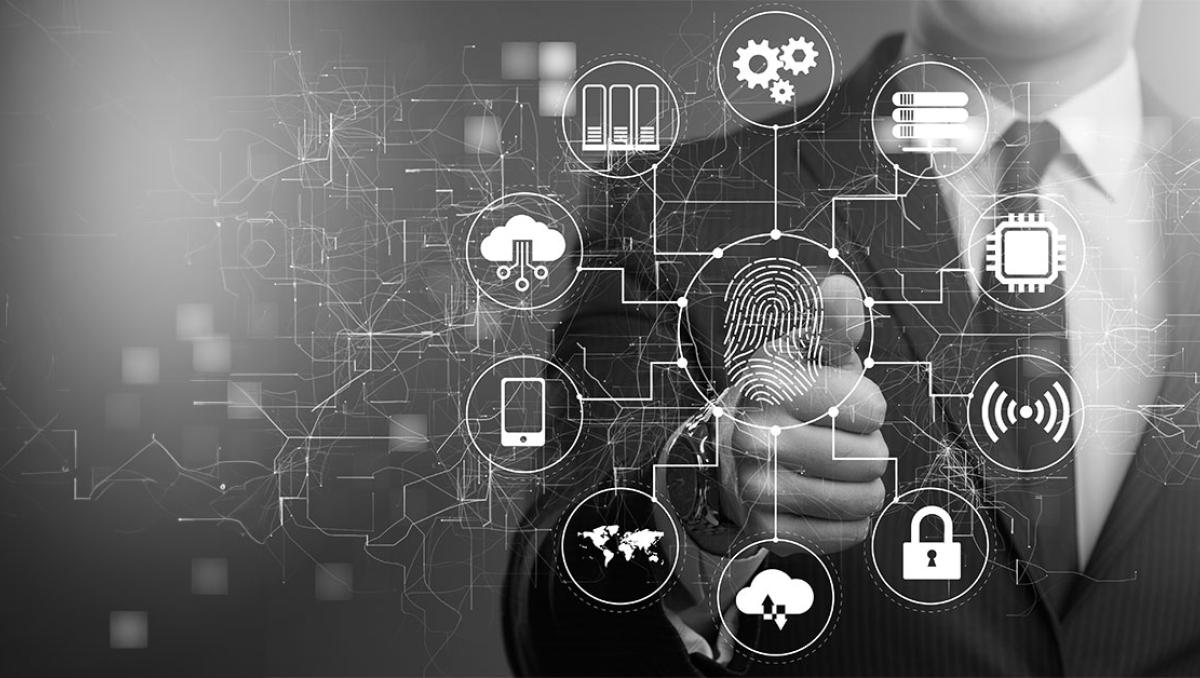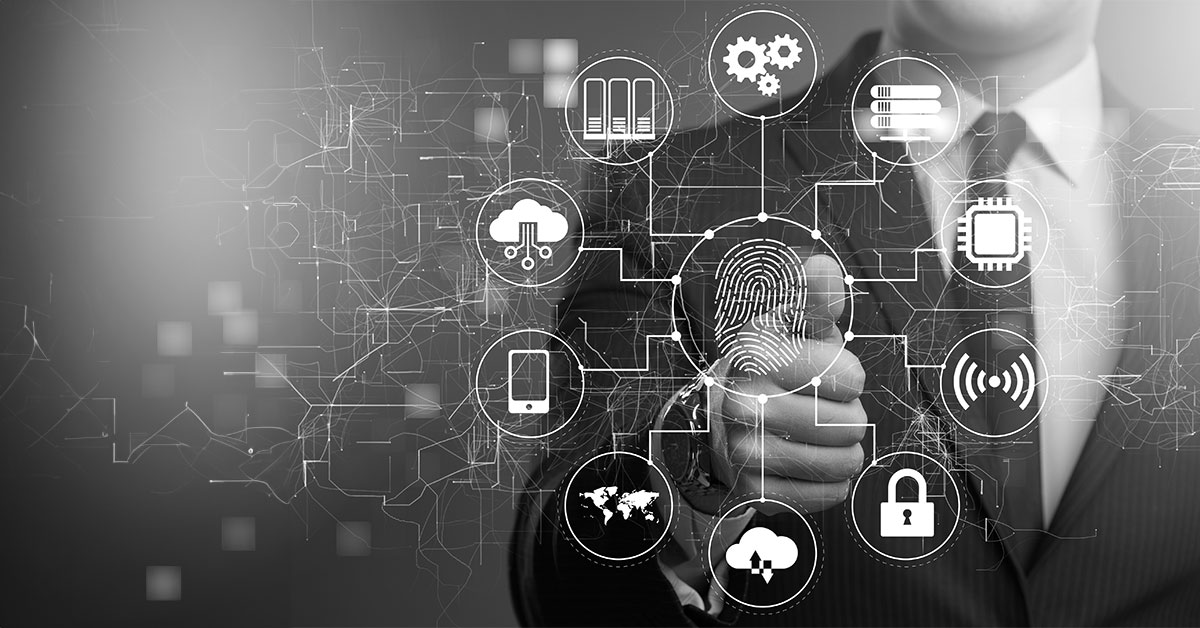
What Is Authentication?
Authentication is the process of verifying the identity of a user or system. It is a critical component of security, ensuring that only authorized individuals or entities can access sensitive information or systems.
There are several methods of authentication, including knowledge-based factors (something you know, like a password), possession-based factors (something you have, like a security token), and inherence-based factors (something you are, like a fingerprint).
Authentication has evolved rapidly in the past few years. Technologies like passwordless authentication, Multi-Factor Authentication (MFA), and Social Login methods are transforming authentication systems and making them more secure and accessible. These have revealed clear trends, as well as some new interactions that are likely to dominate the authentication market in the years to come.
1. Passwordless Authentication
Passwordless authentication eliminates the need for traditional passwords, which are often weak links in security. It relies on more secure methods such as biometrics, hardware tokens, and magic links. Some popular passwordless authentication methods include:
- Biometrics: Using fingerprints, facial recognition, or voice recognition to authenticate a person. This method is secure and convenient as it uses unique physical characteristics that are difficult to forge.
- Security tokens: Physical devices, such as USB keys or smart cards, that a person must possess to gain access. These tokens generate time-sensitive codes or interact directly with the system to provide authentication.
- Magic links: Links sent to a person’s email or mobile device, which they click to gain access. This method is user-friendly and reduces the risk of phishing, as it requires access to the user’s email or phone.
- One-Time Passwords (OTPs): Temporary codes sent to a phone or email or generated by an authenticator app. OTPs are used once and expire quickly, making them more secure than static passwords.
2. Behavioral Biometrics
Behavioral biometrics involves analyzing action patterns to verify a person’s identity continuously and unobtrusively. Unlike traditional biometrics, which focus on static physical characteristics, behavioral biometrics consider dynamic behaviors that are unique to each individual. Key aspects include:
- Typing dynamics: Analyzing the way a person types, including speed, rhythm, and the time intervals between keystrokes. Each person has a unique typing pattern that can be used for authentication.
- Mouse movements: Monitoring the manner in which a person moves their mouse, including speed, trajectory, and click patterns. These movements are difficult for an attacker to replicate precisely.
- Touchscreen interactions: On mobile devices, analyzing how a person swipes, taps, and interacts with the touchscreen. This includes the pressure applied and the angle of swipes, which vary from person to person.
- Navigation patterns: Tracking how a person navigates through an application or website. Frequent users tend to follow specific patterns and paths that can be monitored for consistency.
3. Multi-Factor Authentication Expansion
Multi-factor authentication (MFA) is a security mechanism that requires a person to provide two or more verification factors to gain access to a system. The expansion of MFA in 2024 is driven by the increasing complexity of cyber threats and the need for stronger security measures. Key trends in MFA expansion include:
- Integration of biometrics: More organizations are incorporating biometric factors, such as fingerprints and facial recognition into their MFA solutions. Biometrics offers a high level of security and convenience, reducing reliance on passwords.
- Location-based authentication: Using the geographic location of the person as a factor. If a login attempt comes from an unusual location, additional verification steps may be required. This helps prevent unauthorized access from remote attackers.
- Time-based one-time passwords (TOTPs): Generated by an authenticator app, TOTPs are temporary codes that expire after a short period. This method adds an extra layer of security by ensuring that the code is only valid for a brief window.
- Adaptive MFA: Dynamically adjusting the authentication requirements based on the risk level of the login attempt. For example, a low-risk login from a familiar device might require only a password, while a high-risk attempt from an unknown device might prompt additional factors.
- Push notifications: Sending a push notification to the person’s mobile device for approval. This method is user-friendly and secure, as it requires the user to have possession of their registered device.
4. Social Login
Social login is a method of authentication that allows a person to log into a third-party website using their existing social media accounts, such as Facebook, Google, or Twitter. This approach simplifies the registration and login process, offering several benefits:
- Convenience: Users don’t need to create and remember a new set of credentials for each site. They can log in with the click of a button using accounts they already have.
- Verified information: Websites benefit from the verified information provided by social media platforms, such as email addresses and profile details. This helps reduce the occurrence of fake or duplicate accounts.
- Security: Social media platforms typically have strong security measures in place, including MFA and advanced fraud detection. Using these security features can help protect accounts on third-party sites.
- Data insights: Organizations can gain insights into user behavior and preferences through social login data, helping them to tailor services and marketing efforts.
However, social login also has some challenges. It requires trust in social media providers to secure user data and maintain privacy. Additionally, reliance on third-party platforms means that if a person’s social media account is compromised, it could impact access to multiple services.
5. Single Sign-On (SSO)
Single Sign-On (SSO) is an authentication process that allows a person to access multiple applications or systems with a single set of credentials. SSO enhances security and user experience by simplifying the login process and reducing password fatigue. Key aspects of SSO include:
- Centralized authentication: Users authenticate once through a central identity provider (IdP), which then grants access to various connected applications and services. This reduces the number of login prompts and streamlines the user experience.
- Improved security: By reducing the number of passwords users need to remember and manage, SSO decreases the likelihood of password reuse and associated security risks. Centralized authentication also allows for stronger security policies and controls.
- Simplified user management: For administrators, SSO simplifies account management by consolidating authentication processes. This makes it easier to enforce security policies, monitor access, and provision or deprovision accounts.
- Enhanced user experience: Users benefit from a seamless login experience, gaining access to multiple applications without repeatedly entering credentials. This reduces friction and improves productivity.
- Scalability: SSO solutions are scalable, accommodating growing numbers of users and applications. This makes them suitable for organizations of various sizes.
SSO does come with potential drawbacks, such as the risk of a single point of failure. If the central IdP is compromised or experiences downtime, access to all connected applications could be impacted.
6. Decentralized Identity
Decentralized identity allows individuals to control their own digital identities using blockchain or other distributed ledger technologies. This approach shifts the control of identity data from centralized authorities to the users themselves. Key features and benefits include:
- User control: Individuals have ownership and control over their identity data. They can decide what information to share and with whom, enhancing privacy and security.
- Reduced risk: By eliminating the reliance on centralized identity providers, decentralized identity reduces the risk of large-scale data breaches. User data is distributed across a network, making it harder for attackers to target.
- Interoperability: Decentralized identity systems are interoperable across different platforms and services. This means users can have the same identity credentials in various contexts without needing multiple accounts.
- Privacy enhancement: Techniques like zero-knowledge proofs enable users to prove their identity or certain attributes without revealing sensitive information. This preserves privacy while still providing necessary verification.
- Resilience: Distributed ledger technology provides resilience against outages and tampering. The decentralized nature of the network ensures that there is no single point of failure.
Decentralized identity is still an emerging concept, with ongoing developments and standardization efforts. Challenges include achieving widespread adoption, interoperability across different systems, and ensuring the security and usability of decentralized identity solutions.
7. Adaptive Authentication
Adaptive authentication is a security approach that dynamically adjusts the authentication process based on the context and risk level of each login attempt. This improves security by providing a tailored authentication experience. Key components include:
- Contextual analysis: Evaluates various contextual factors such as user location, device type, time of access, and network environment. Unusual or high-risk contexts trigger additional authentication requirements.
- Behavioral analysis: Monitors behavior patterns and compares them to established baselines. Deviations from normal behavior can prompt additional verification steps.
- Risk-based authentication: Assesses the risk level of each login attempt in real-time. Low-risk attempts may proceed with minimal friction, while high-risk attempts require more stringent authentication measures.
- Machine learning: Uses machine learning algorithms to continuously learn and adapt to new threats and user behaviors. This helps improve the accuracy of adaptive authentication over time.
- Step-up authentication: Implements additional verification steps only when necessary, based on the assessed risk. For example, a familiar login from a known device might require just a password, while an unfamiliar login might require a biometric check.
8. Zero Trust Authentication
Zero trust authentication operates on the principle that no user or device, whether inside or outside the network, should be trusted by default. It requires continuous verification of user and device identities, along with strict access controls. Key aspects include:
- Continuous verification: Regularly re-authenticates users and devices throughout their session, rather than relying on a single authentication event at login. This ensures that access remains secure even if initial credentials are compromised.
- Least privilege access: Grants users and devices only the minimum access necessary to perform their tasks. This limits the potential impact of any security breach by reducing unnecessary access.
- Micro-segmentation: Divides the network into smaller, isolated segments, each with its own access controls. This prevents lateral movement by attackers and contains potential breaches within limited areas.
- Strong authentication: Uses multiple layers of authentication, including MFA, biometrics, and device trust. This makes it more difficult for attackers to gain unauthorized access.
- Continuous monitoring: Implements real-time monitoring and analytics to detect and respond to suspicious activities. This includes anomaly detection, behavioral analysis, and threat intelligence integration.
9. Privacy-Preserving Authentication
Privacy-preserving authentication focuses on verifying user identities without compromising their privacy. This approach addresses growing concerns about data privacy and helps organizations comply with privacy regulations. Key techniques include:
- Zero-knowledge proofs: Allows users to prove their identity or certain attributes without revealing the actual information. For example, a person can prove they are over 18 without disclosing their exact age.
- Homomorphic encryption: Enables computations on encrypted data without decrypting it. This allows for secure processing and verification of sensitive information without exposing it.
- Anonymous credentials: Provides users with credentials that authenticate them without linking to their real identity. This preserves anonymity while ensuring access control.
- Data minimization: Collects and uses only the minimum amount of personal data necessary for authentication. This reduces the risk of data exposure and misuse.
- Privacy by design: Incorporates privacy principles into the design and implementation of authentication systems. This includes transparent data handling practices and user consent mechanisms.
10. Identity Threat Detection and Response (ITDR)
Identity Threat Detection and Response (ITDR) involves monitoring and analyzing authentication events to detect and respond to potential identity-related threats in real-time. ITDR solutions aid in maintaining the security and integrity of authentication systems. Key components include:
- Real-time monitoring: Continuously monitors authentication activities across systems and applications. This helps detect suspicious behaviors as they occur, enabling timely responses.
- Advanced analytics: Machine learning and AI are used to analyze authentication data and identify patterns indicative of potential threats. This includes detecting unusual login attempts, credential abuse, and anomalous behaviors.
- Threat intelligence integration: Incorporates external threat intelligence to stay updated on emerging threats and vulnerabilities. This improves the ability to identify and respond to new attack vectors.
- Automated response: Implements automated actions to mitigate threats, such as blocking suspicious login attempts, initiating MFA challenges, or alerting security teams. This reduces the response time and limits the impact of potential breaches.
- Incident investigation: Provides tools for detailed investigation of identity-related incidents. This includes tracing the origin of attacks, understanding the scope of compromised credentials, and identifying affected systems.
Conclusion
As we advance into 2024 and beyond, authentication continues to evolve in response to the growing complexity of cyber threats and the need for enhanced user experiences. Emerging trends such as passwordless authentication, behavioral biometrics, and adaptive authentication highlight the growing emphasis on secure, user-friendly, and context-aware authentication. These trends reveal the importance of updating authentication strategies to balance security, usability, and privacy.
Editor’s Note: The opinions expressed in this guest author article are solely those of the contributor and do not necessarily reflect those of Tripwire.



